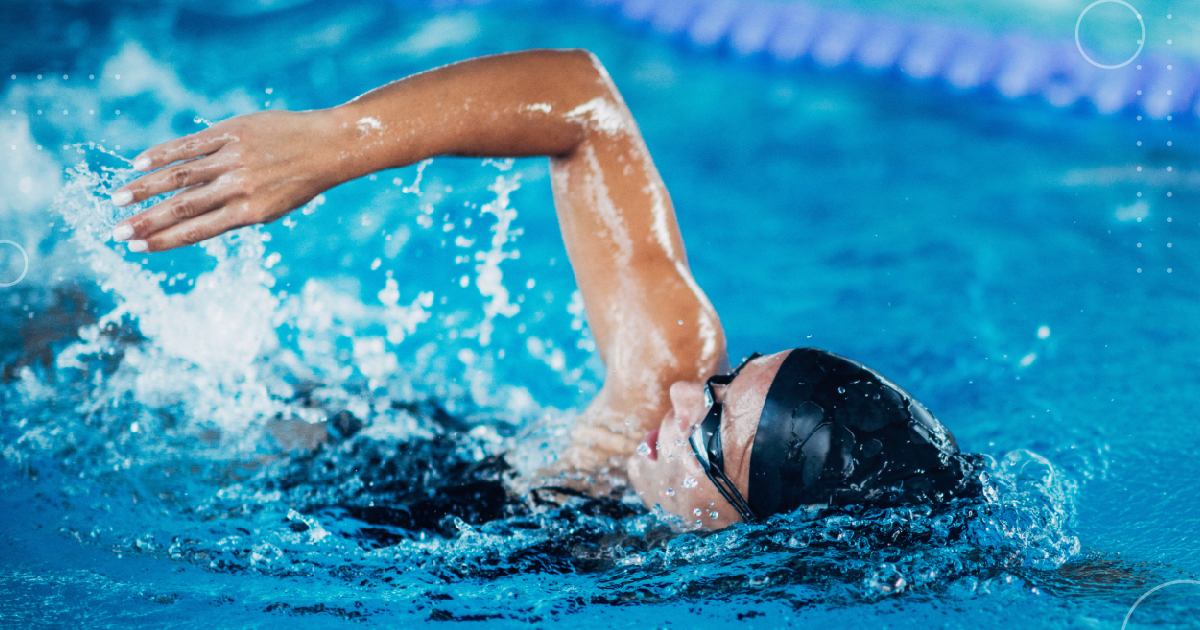A Guide to Swimming Injury Prevention

Swimming is not only a thrilling way to enjoy the summer but also a great exercise to keep fit. While it offers many health benefits, swimming is not without its risks. Let us discuss common swimming injuries, their causes, and provide practical advice on how to avoid these setbacks so you can continue enjoying your time in the pool.
Why Swimming Injuries Occur
Swimming can be less enjoyable if proper precautions to prevent injuries are not taken. Several factors contribute to swimming injuries:
- Poor swimming technique – Incorrect strokes or movements can strain muscles and joints.
- Overuse and lack of rest – Repeating the same movements too often without enough rest leads to overuse injuries.
- Inadequate warm-up and stretching – Jumping into strenuous activity without preparing your body increases the risk of strains and sprains.
- A sudden increase in training intensity – Rapidly increasing your swimming intensity without gradual adaptation can shock your body, leading to injuries.
- Lack of training and conditioning – Swimming demands specific muscle use, and without proper conditioning, you risk injury.
- Insufficient recovery and rehabilitation – Failing to properly recover after injuries can lead to more severe problems down the line.
Common Types of Swimming Injuries
Swimming injuries vary but typically involve the shoulders, knees, and back:
- Shoulder injuries – Swimmers often experience shoulder issues due to repetitive stroke movements. Rotator cuff impingements and tendinitis are common.
- Knee injuries – The breaststroke kick can place strain on the knee ligaments, leading to conditions like breaststroker’s knee.
- Lower back pain – Continuous hyperextension during swimming, especially in strokes like the butterfly and freestyle, can lead to lower back pain.
- Additional conditions – Swimmer’s ear and skin irritations such as dryness, itchiness, and rashes due to chlorine exposure are also prevalent.
Treatment for Swim Injuries
Treating swimming injuries typically involves rest, ice, compression, and elevation (RICE), especially in the initial stages to reduce inflammation. Over-the-counter pain relief can also be helpful. Physical therapy plays an important role in rehabilitation, focusing on strengthening and flexibility exercises.
Care for Swim Injuries
It’s vital to know when to seek professional medical attention for swimming injuries. Immediate care is needed if you experience:
- Loss of consciousness
- Difficulty breathing
- Suspected spinal injury
- Heavy bleeding
- Severe pain or inability to move
- Numbness, tingling, or muscle weakness
In these cases, it’s best to err on the side of caution and visit your nearest emergency center like Physicians Premier.
By understanding the common swimming injuries and their causes, along with following the recommended prevention and treatment strategies, you can enjoy a safer swimming experience.
Remember, Physicians Premier is ready to assist round-the-clock. Whether dealing with a severe injury or a minor one, our doors are open, and we are prepared to provide the care you need to get back in the water safely and efficiently. Visit our website to find the nearest location and learn more about how we can help.
Sources:
“4 Common Swimming Injuries: Prevention & Recovery,” The Central Orthopedic Group, https://centralorthopedicgroup.com/common-swimming-injuries-prevention-recovery/
“Swimming Injuries: Tips, Prevention, and Treatment,” UPMC,
https://www.upmc.com/services/sports-medicine/for-athletes/swimming
“Five Common Swimming Injuries and How to Avoid Them,” Orlin & Cohen Orthopedic Group https://www.orlincohen.com/news/five-common-swimming-injuries-and-how-to-avoid-them/


